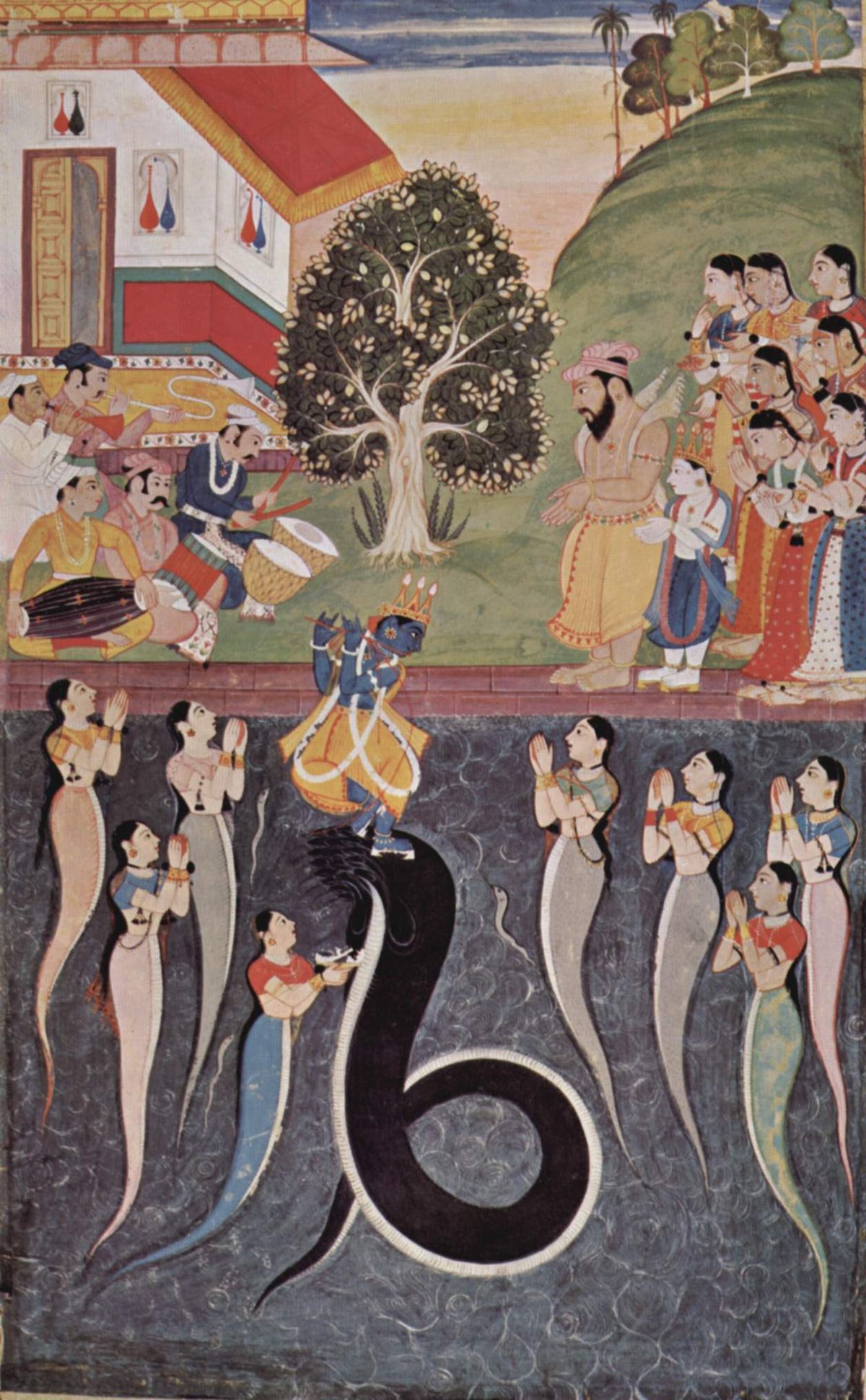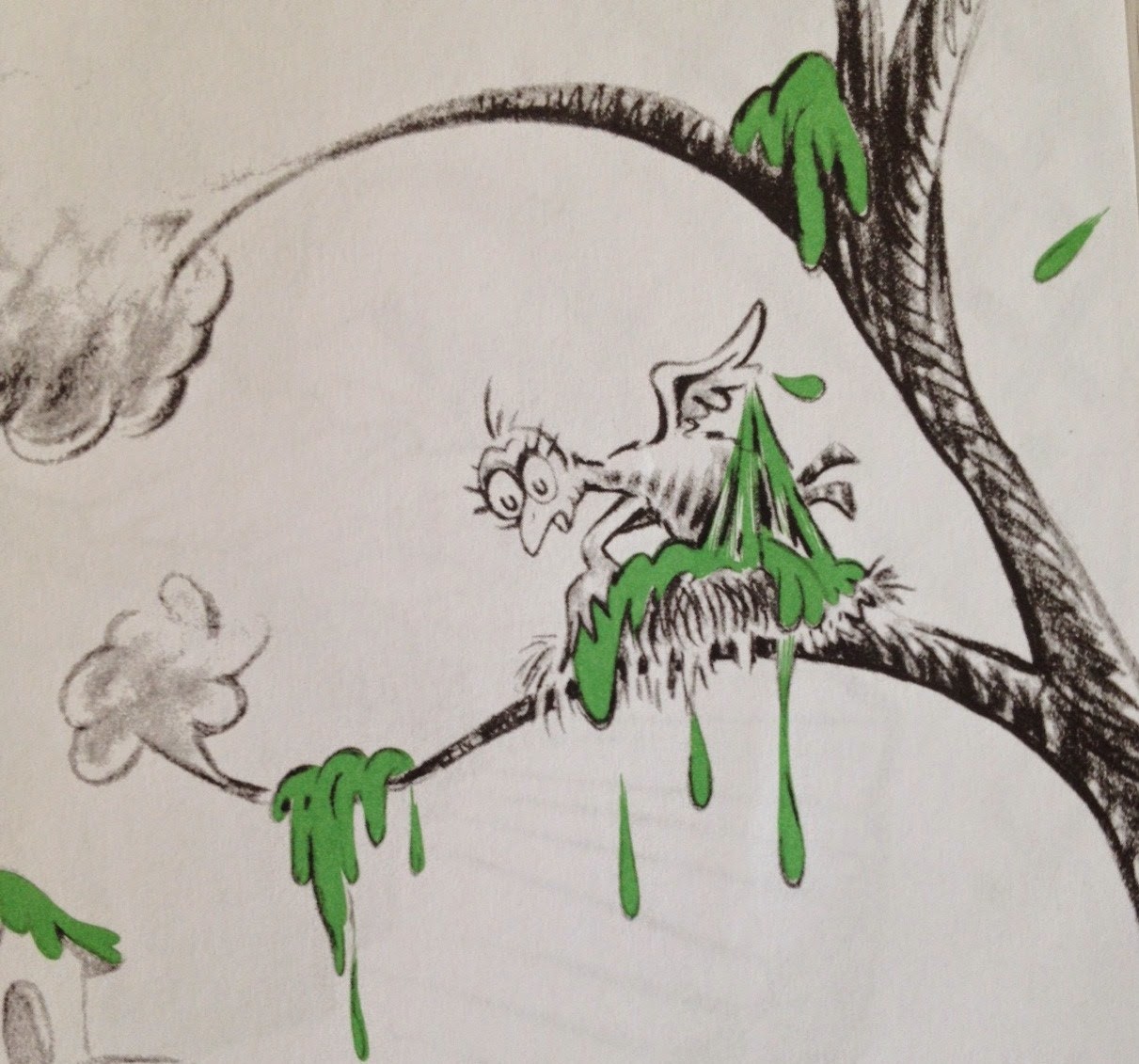I’m not planning on getting into whether you should, or whether you should be absolutist about it or whether you should just try to diversify a bit or a lot. This post - the first in a series if I get round to it - is for people who've decided on at least one of those options and aren't quite sure how they're going to decide what to read. And perhaps also for people who are wondering why their reading list was so un-diverse already.
So let's get started. Let's assume you have five books you really, really love by straight white guys, something like mine.
- Neverwhere, Neil Gaiman
- Northern Lights (His Dark Materials), Philip Pullman
- The 13.5 Lives of Captain Bluebear, Walter Moers
- Wicked, Gregory Maguire
- The Name of the Rose, Umberto Eco
How easy is it to use that to generate a super-diverse reading list you'll also love? It should be a singe, what with all those book recommendations you can get from Amazon, Goodreads, etc. So off I went to Amazon with my fave raves to see what would happen.
My plan was to generate two new lists, one of women authors, one of POC. Your mileage may vary, and I have to say, I wasn’t swamped in choices. There was usually at least one, and a few books like Wicked open out into a genre where women are very active. It turns out that maybe it was a mistake to depend on a recommendation system which only works if most of the other readers are reading diversely. Still, let's look at the results.
Women:
- The Assassin’s Apprentice, Robin Hobb
- The Miraculous Journey of Edward Tulane, Kate diCamillo
- Deathless, Catherynne Valente
- The Round House, Louise Erdrich (also American of mixed German/Ojibwa origins)
There are only 4 results because people who bought Captain Bluebear apparently didn’t buy a single other book by women.
POC:
- Perdido Street Station, China Mieville
- Wind-Up Bird Chronicle, Haruki Murakami
- Stories of Your Life and Others, Ted Chiang
- Alice in Deadland, Mainak Dhar
- My Name is Red, Orhan Pamuk
This is a nice list, at least it's got a nice cross-section of Asian background authors. It would appear that buyers of my fave raves don’t touch black authors?! I tried to improve on things by drilling down from this group and seeing what people who buy their books also buy.
The results of this second experiment were interesting. It would seem that Robin Hobb and China Mieville have been ‘discovered’ by people who usually read white male authors and not much else. The choices connected with Name of the Rose led to lots of black authors and other diverse choices, but they also led away from the more fantasy/magical realism stuff I like best. At no point at all, ever, was I connected to black authors I already knew I wanted to read. Not even black authors whose work resembles my fave raves.
The one exception was the chain which started from Captain Bluebear. Remember I said I found no women authors in its recommendations, and only one POC author, Ted Chiang? His book, Stories of Your Life and Others, isn’t even the sort of thing I normally read. I’m not a fan of short stories, though his seem so highly thought of I might give them a go.
What really matters about Ted Chiang is that his readers are also reading what’s in and diverse in the SF/Fantasy world. The list might not be perfect but it’s roughly where it’s at. They’ve discovered Octavia Butler at least. And from Octavia you can get to a number of other black writers in the SF/Fantasy world. You can find Nnedi Okorafor and Sofia Samataar. You can find that Nnedi has written a book called Afro SF. You can find Karen Lord.
That took 3 iterations and we’re still only talking about the big names. I don't know how you can do this unless you already know what you're looking for. I don't know how you get recommendations for black authors you will like using these strategies without going to a lot of effort. I know I can make a diverse reading list for myself a lot better than Amazon's algorithms did it for me:
The human-generated maximum diversity reading list
- Neverwhere, Neil Gaiman -> Un Lun Dun, China Mieville
Because London - Northern Lights (His Dark Materials), Philip Pullman -> The Best of All Possible Worlds / The Galaxy Game, Karen Lord
Because how the world is and how it could and should be (in SF form) - The 13.5 Lives of Captain Bluebear, Walter Moers -> A Stranger in Olondria, Sofia Samatar & The Voyage of Edward Tulane, Kate diCamillo.
Because journeys - Wicked, Gregory Maguire -> Scale-Bright, Benjanun Sriduangkaew & The Palace of Illusions, Chitra Divakaruni
Because retellings of classic tales. - The Name of the Rose, Umberto Eco -> The White Castle, Orhan Pamuk & The Wind-Up Bird Chronicle, Haruki Murakami
Because classics, but also there’s that mysterious feel I liked in Name of the Rose. - Also, I have every intention of reading Nnedi Okorafor’s Lagoon this year. I’ll likely read a Robin Hobb as well. And probably Ted Chiang, I feel he’s earned it.
And Abdourahman Waberi's Passage of Tears and Alain Mabanckou's Les Fils de Vercingetorix.
Because.
That’s 13 authors, 6 women, 7 men, and I believe 2 of the women are white and 1 is Asian. Unless I counted wrong, 5 people are black, so I still have a bit of a bias towards Asian men, which is an artifact of the way I generated the list.
This also happens to be a reading list I really, really like. I'm pretty confident I will enjoy these books based on their similarities to books I've already enjoyed. No thanks to Amazon, though. Really, I produced the list by paying attention over a long period of time. Six of those books have been on my to-read list for some time, for the rest, all but two, Scale-Bright and the Ted Chiang stories, were already on my radar. It looks like diversifying your reading list might be more than a five-minute job.
What you really need is people, specifically you need to tap into a network of readers who are already widely read over a longish period of time. No wonder it hasn't just happened automatically for some readers. When you rely on Amazon/Goodreads and other recommendation systems, you're mostly relying on people who don't read diversely and algorithms which are practically calculated to give you something very, very similar to what you read before.
This is in fact one of the things which keeps people other than straight white men off people's reading lists. Finding them requires conscious and deliberate effort in the context of a recreational activity in which we expect to behave 'naturally', often impulsively. Only when you're already tapped into diverse networks do a fair cross-section of choices start presenting themselves to you automatically.
If you're willing to make that effort, one way to start is to skim the articles of people advocating a non-cis-straight-white-male reading challenge, completely ignore the comment sections (unless heavily moderated, John Scalzi does a good job), and head straight for the reading lists.
BTW, perhaps you'd like to know whether I'm doing this challenge? Actually, no. I'm still going to be reading books by straight white men as well. I also have a writing project for this year which requires me to research Australia and New Zealand - including lots of people and not excluding white men. But I do have a pretty diverse reading list already, and a huge backlog of books by almost every kind of author to get through. And I may have more to say about diversity in reading in due course.
Some links:
Sunili Govinage at the Guardian
K.T. Bradford at xoJane
Heina Dadabhoy at Heinous Dealings - manifesto and list
Aoife at Consider the Tea Cosy
Scalzi at Whatever





